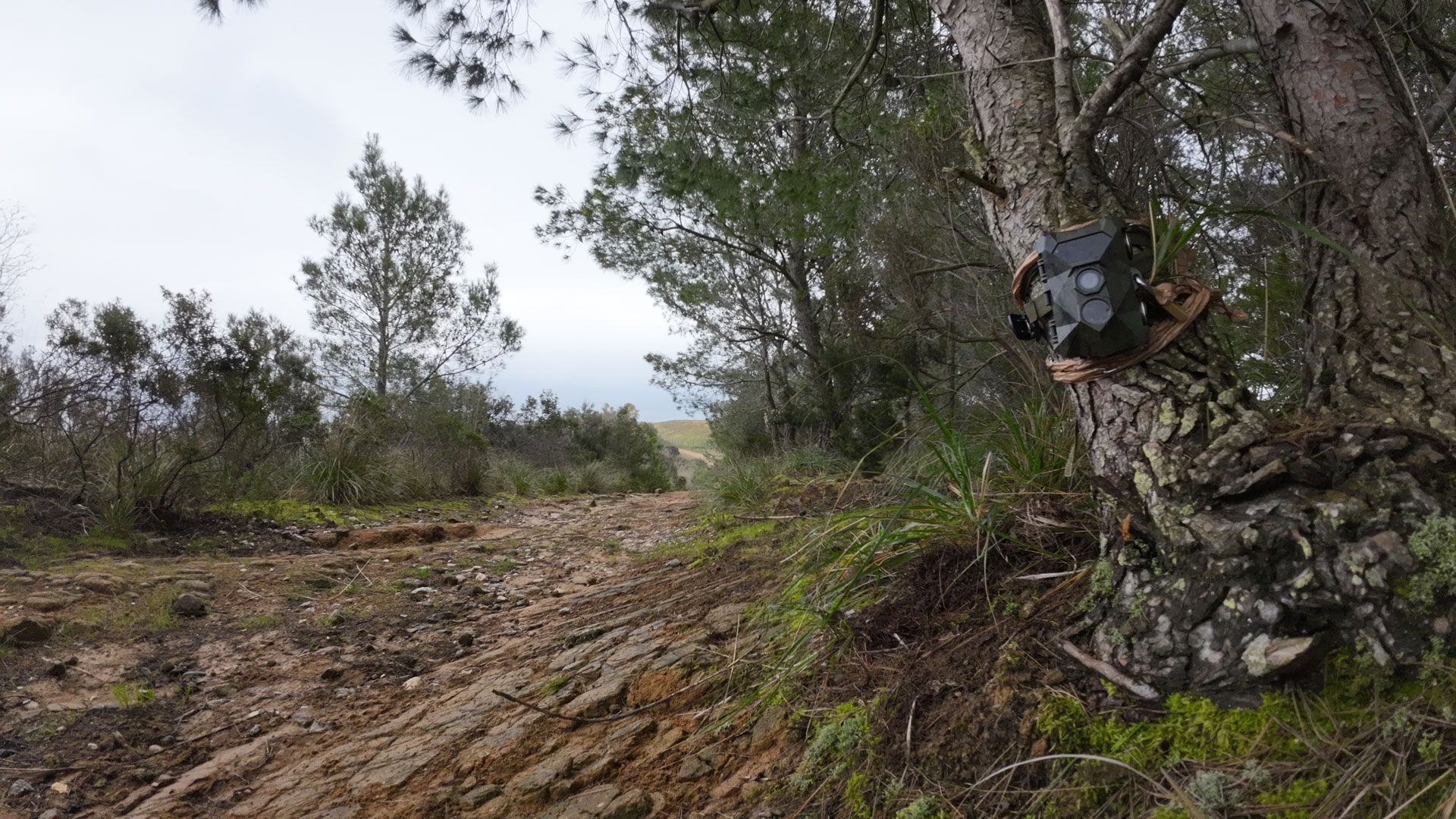Between October 2022 and September 2023, Kayla Nature (K’ Nature), on behalf of the Cilento, Valle di Diano and Alburni National Park (PNCVDA), carried out the Wolf (Canis lupus italicus) monitoring in the territory of the protected area as part of the national project “WOLFNExT”.
PNCVDA, established in 1991, is the second largest National Park in Italy, with an area of 181,048 hectares, and falls entirely within the province of Salerno. Moreover, UNESCO declared it World Heritage Site for its enormous naturalistic and cultural value


WOLFNExt’s project in the protected area follows the monitoring project conducted from October 2020 to March 2021 (included within the first nationwide monitoring coordinated by the Italian Institute of Environmental Protection “ISPRA” between 2018 and 2022) which we carried out in a delimited area of 13 (10 x 10 km) cells falling within the territory of the Park.
The 2020/2021 project provided as result 381 occurrence data confirming the presence of the species in 100% of investigated cells. Study area within the new monitoring was updated and expanded, with a total of 34 (10 x 10 km) cells (18 more than the previous monitoring) covering the entire territory of the Park.


In the 34 quadrants of the study, 48 transects were identified, with an average length of about 4 km, constituting a monitoring network of almost 200 km. Our experts explored transects (once every two months), with the aim of finding signs of presence such as: droppings, marking sites, footprints, snow tracks, carcasses of preyed animals and dead specimens.
Camera trapping was implemented between October 2022 and August 2023, throughout a network of over 50 stations, with the aim of pursuing objectives such as:
- check for presence of the species
- check for presence of a pack
- confirm the successful breeding of the identified groups
- identify potential specimens with unusual phenotype


Wolf-howling technique, which consists on emission of recorded howls to stimulate the response by Wolves, was instead implemented during the months of July, August and September 2022 with the aim of identifying the core-areas of the packs in correspondence with some territories occupied by groups identified in the 2020-2021 season.
Thanks to usage of different techniques previously described, the study made it possible to obtain about 500 occurrence data within the study area, confirming the distribution of the species in more than 90% of the quadrants.
Of the approximately 500 occurrence data, droppings represented, by far, the most abundant category of distribution signs. The other types of data (sightings by camera trapping, dead specimens, carcasses and other signs of predation, traces on mud or snow) made up just under 40% of the total, the majority of which represented by sightings through camera trapping.
Through this technique, it was also possible to confirm the successful breeding of one of the packs identified during the monitoring, thanks to images (dating back to August 2023) showing the pack with at least 3 cubs in tow.

Another particularly relevant factor that emerged during the monitoring was the confirmation of a high mortality of the species within the National Park. A total of 6 dead Wolves were found, which mainly were killed by road accidents. These findings suggest that main cause of Wolf mortality within the park is, most likely, to be attributed to car collisions, although doubts remain about the role of poaching still, unfortunately, present in the protected area.
As far as the identification of signs of hybridization is concerned, the only element found during the monitoring period was a single individual of dog with an unusual phenotype. However, as several observations through camera trapping during the study witnessed, the presence of different individuals and/or groups of feral dogs is quite high throughout the Park’s range, thus increasing the risk of genetic pollution for the population.

Field activity also made it possible to collect numerous interesting data on other species of Mammals, in particular by means of the camera trapping technique. Among these, the following are of particular value, both in scientific and conservation terms: Crested Porcupine (Hystrix cristata), European Polecat (Mustela putorius), Eurasian Otter (Lutra lutra), European Wildcat (Felis silvestris), Red Deer (Cervus elaphus), Italian Roe Deer (Capreoleus capreoleus italicus).

In conclusion, despite the fact that in the past reliable studies have already been carried out regarding the wolf in the Park area, the present project, the first conducted on the carnivore simultaneously on all quadrants of the PNCVDA, has contributed in an important way to updating and deepening the knowledge on the species.
In light of the results obtained, it will be essential that – as indicated by the WOLFNExT guidelines themselves – the correct conservation measures would be implemented, with particular reference to the mitigation of conflict with humans and the fight against illegal activities, to ensure a rosy future for the species within the protected area.
